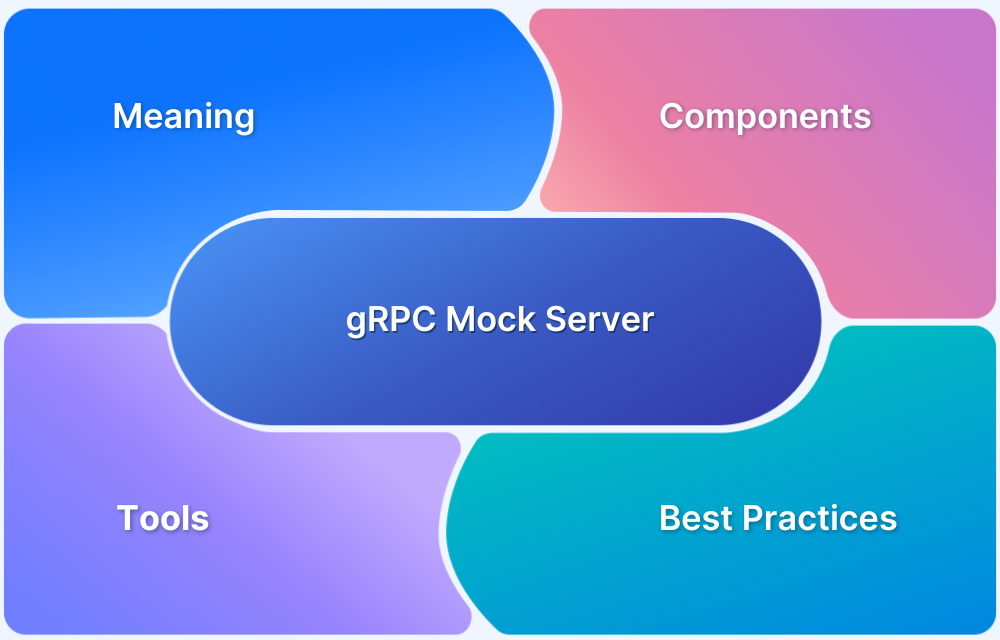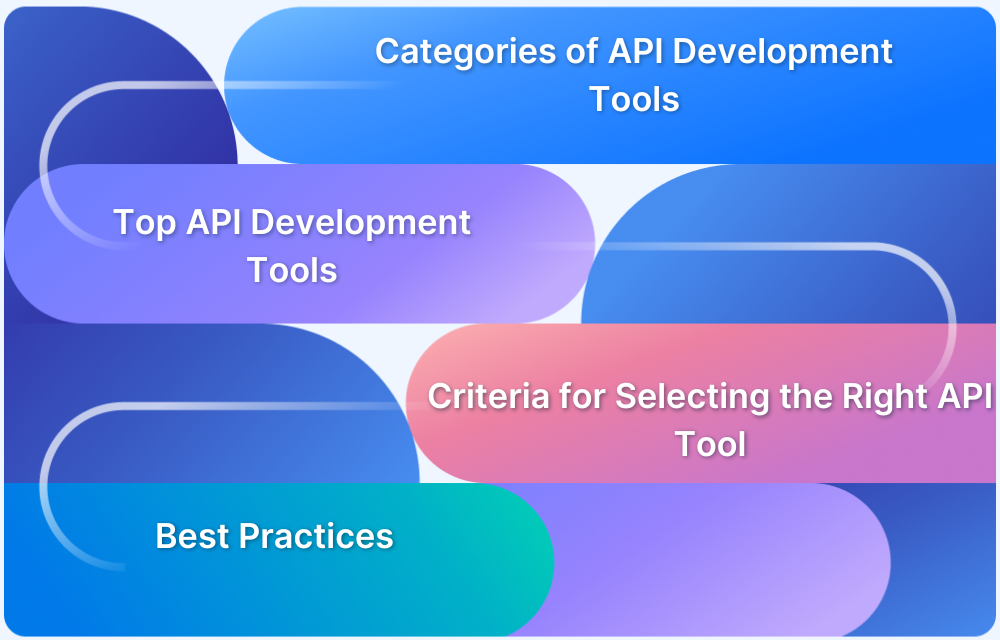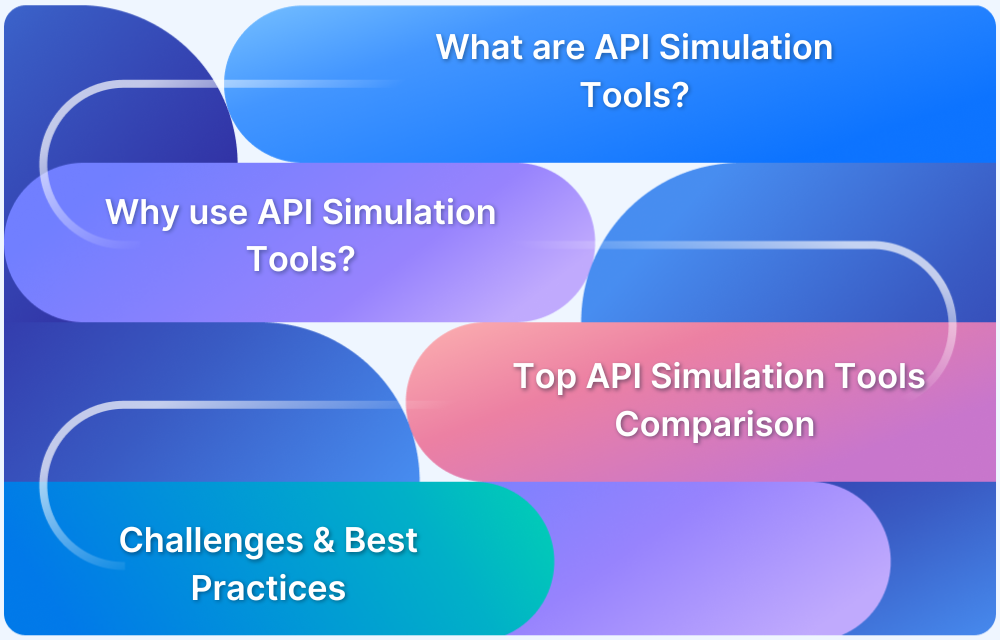gRPC (gRPC Remote Procedure Call) is a high-performance, open-source framework designed for efficient communication between distributed systems. It enables seamless, language-agnostic remote procedure calls (RPC) with minimal latency.
Overview
What is gRPC?
gRPC (gRPC Remote Procedure Call) allows applications to communicate across networks by invoking methods on remote servers as if they were local functions. It leverages HTTP/2, protocol buffers, and bi-directional streaming for fast and reliable messaging.
Key Benefits of gRPC
- High Performance: Uses HTTP/2 and binary serialization for faster data transfer and lower latency.
- Language Agnostic: Supports multiple programming languages, enabling interoperability between diverse systems.
- Scalability: Efficient communication and streaming capabilities allow handling of large-scale microservices.
- Strong Typing: Protocol buffers enforce strict contracts, reducing runtime errors and improving reliability.
How gRPC Works
- Client-Server Model: Clients call server methods directly using auto-generated stubs from proto files.
- Protocol Buffers: Data is serialized into compact binary format for efficient transmission.
- HTTP/2 Transport: Enables multiplexed streams, header compression, and full-duplex communication.
- Streaming Support: Supports server, client, and bidirectional streaming for real-time data exchange.
Use Cases of gRPC
- Microservices Communication: Ensures low-latency, efficient messaging between microservices.
- Real-Time Data Streaming: Ideal for applications requiring live updates like chat or gaming.
- Cross-Language Services: Connects systems written in different programming languages seamlessly.
- IoT and Edge Computing: Reduces bandwidth and improves efficiency for resource-constrained devices.
This article explains how gRPC enhances communication, efficiency, and scalability across distributed systems.
What is gRPC?
gRPC (gRPC Remote Procedure Call) is an open-source framework developed by Google that enables applications to communicate with each other across networks. It allows a program to invoke methods on a remote server as if they were local functions, simplifying distributed system interactions.
gRPC relies on Protocol Buffers (Protobuf) to define service interfaces and serialize data efficiently. It uses HTTP/2 as its transport protocol, which provides fast, reliable, and low-latency communication.
Why is gRPC Important?
gRPC plays a crucial role in modern distributed systems because it addresses performance, scalability, and interoperability challenges that traditional communication methods often struggle with. Its design makes it ideal for microservices, real-time applications, and cross-platform communication.
Key Reasons gRPC Matters:
- High Performance: gRPC uses HTTP/2 and binary serialization with Protocol Buffers, which reduces latency and improves throughput compared to text-based APIs.
- Language Interoperability: Developers can connect services written in different programming languages without extra adapters or translation layers.
- Efficient Streaming: Supports server, client, and bidirectional streaming, enabling real-time communication and large data transfers efficiently.
- Strong Contracts: Service definitions in Protobuf enforce strict type checking, minimizing runtime errors and improving reliability.
- Simplified Microservices Communication: Reduces boilerplate code and simplifies remote service invocation, making large-scale systems easier to maintain.
Core Features of gRPC
gRPC provides several features that make it a preferred choice for building modern distributed systems. These features focus on performance, flexibility, and ease of development across diverse platforms.
- HTTP/2-Based Transport: Enables multiplexed streams, header compression, and full-duplex communication, which reduces latency and improves network efficiency.
- Protocol Buffers (Protobuf): Uses a compact binary format for serializing structured data, resulting in faster transmission and smaller payloads compared to JSON or XML.
- Cross-Language Support: Automatically generates client and server code in multiple programming languages, making services interoperable across different environments.
- Bi-Directional Streaming: Supports server, client, and bidirectional streaming, allowing real-time data flow and efficient handling of large datasets.
- Built-In Authentication and Security: Provides features like SSL/TLS encryption, token-based authentication, and integration with existing security frameworks.
- Deadlines and Cancellation: Allows clients to set deadlines for requests and cancel operations, preventing unnecessary resource consumption and improving system reliability.
- Pluggable Load Balancing: Supports load balancing and retries, ensuring high availability and fault tolerance in microservices architectures.
Real-World Applications of gRPC
gRPC is widely adopted in scenarios that require high performance, low latency, and cross-platform communication. Its design makes it ideal for modern distributed systems and microservices.
- Microservices Communication: Enables efficient, low-latency messaging between microservices in large-scale applications. For example, Google uses gRPC extensively in its internal services.
- Real-Time Streaming Applications: Supports server, client, and bidirectional streaming, making it suitable for live chat, video conferencing, and gaming platforms.
- Cloud-Native Applications: gRPC integrates seamlessly with cloud platforms, enabling scalable and resilient APIs for services like Kubernetes and Envoy.
- Cross-Language APIs: Facilitates interaction between systems written in different programming languages, useful for multi-platform enterprise applications.
- IoT and Edge Devices: Reduces bandwidth usage and improves efficiency for resource-constrained devices in IoT networks.
Read More: What is IoT Software Testing?
- High-Performance Data Pipelines: Ideal for analytics and machine learning pipelines where fast, reliable communication between services is critical.
Understanding gRPC Architecture
gRPC follows a client-server model where the client calls methods on the server over the network as if they were local functions. The architecture is designed to make this communication fast, reliable, and language-agnostic.
How gRPC Architecture Works:
- Service Definition (Protobuf): Developers define the service and its methods in a .proto file. This includes the request and response message structures.
- Code Generation: The .proto file is used to generate client and server code in the chosen programming language. This includes stubs (for clients) and skeletons (for servers).
- Client Request: The client uses the generated stub to call a method. This call is translated into a network request automatically.
- Server Handling: The server receives the request through its generated skeleton, executes the requested method, and sends back a response.
- HTTP/2 Transport: All communication happens over HTTP/2, which supports multiplexing (multiple calls over one connection), streaming, and low-latency messaging.
- Response: The client receives the response as if it was a local function call, while the actual network communication remains hidden.
Key Points:
- Stubs and Skeletons: Auto-generated code that handles all the networking details for the client and server.
- Streaming: gRPC supports sending multiple messages in a single request or response for real-time data.
- Cross-Language: The same .proto file can generate code in different languages, allowing systems in Java, Python, Go, etc., to communicate seamlessly.
gRPC vs. REST
gRPC and REST A are both methods for communication between applications, but they differ in protocol, performance, and use cases. gRPC uses HTTP/2 and Protocol Buffers for fast, efficient communication, while REST typically relies on HTTP/1.1 and JSON.
Here’s a table that highlights the differences between gRPC and REST.
| Feature | gRPC | REST |
| Protocol | HTTP/2 | HTTP/1.1 |
| Data Format | Protocol Buffers (binary) | JSON or XML (text) |
| Performance | High, low latency | Moderate, higher overhead |
| Streaming Support | Yes, bidirectional | Limited, typically request-response |
| Strong Typing | Yes, enforced by Protobuf | No, relies on conventions |
| Cross-Language Support | Built-in, via code generation | Requires manual integration |
| Error Handling | Standardized via status codes | Typically HTTP status codes |
| Security | Supports SSL/TLS, token-based auth | Typically SSL/TLS, API keys, OAuth |
| Scalability | Excellent for microservices | Moderate, depends on architecture |
| Caching | Limited, requires custom implementation | Easier, via HTTP caching mechanisms |
| Tooling & Code Generation | Automatic client/server stubs | Manual client/server integration |
Why Test gRPC APIs with Requestly
Testing gRPC APIs is essential because these APIs power high-performance distributed systems where reliability, accuracy, and speed are critical. Unlike traditional REST APIs, gRPC uses HTTP/2 and binary Protocol Buffers, which can make issues like serialization errors, streaming inconsistencies, or network delays harder to detect without proper testing.
Rigorous testing ensures that service contracts are followed correctly, performance and latency are within acceptable limits, streaming messages are handled properly, and error scenarios such as invalid requests, timeouts, or network failures are managed reliably.
Requestly is a browser-based API testing and debugging tool that allows developers and testers to intercept, modify, and inspect network requests without changing the backend. It provides a practical way to test gRPC APIs, making it easier to validate complex communication flows and troubleshoot issues in real time.
Key Features of Requestly for gRPC Testing:
- Request Interception: Capture gRPC requests and responses in real time to inspect payloads and validate Protobuf contracts.
- Modify Requests and Responses: Simulate different scenarios by altering requests on the fly, testing error handling and edge cases.
- Stream Debugging: Monitor server, client, and bidirectional streaming to ensure proper message order and data integrity.
- Performance Monitoring: Track response times and network behavior to detect latency or throughput issues quickly.
- No Backend Changes Required: Test and debug APIs directly from the browser without needing to modify server code.
Conclusion
gRPC is a modern, high-performance framework that enables seamless communication between distributed systems. Its use of HTTP/2, Protocol Buffers, and streaming capabilities makes it ideal for microservices, real-time applications, and cross-platform integrations, offering low latency, strong typing, and efficient data transfer.
Testing gRPC APIs is crucial to ensure service reliability, correct data exchange, and high performance. Tools like Requestly simplify this process by allowing developers and testers to intercept, inspect, and modify gRPC requests and responses in real time.







